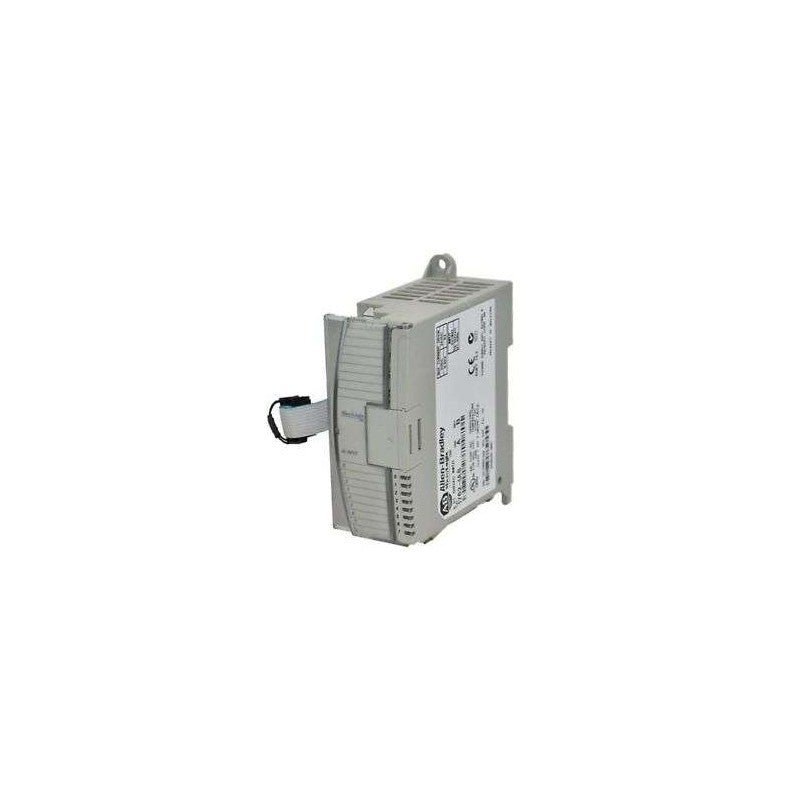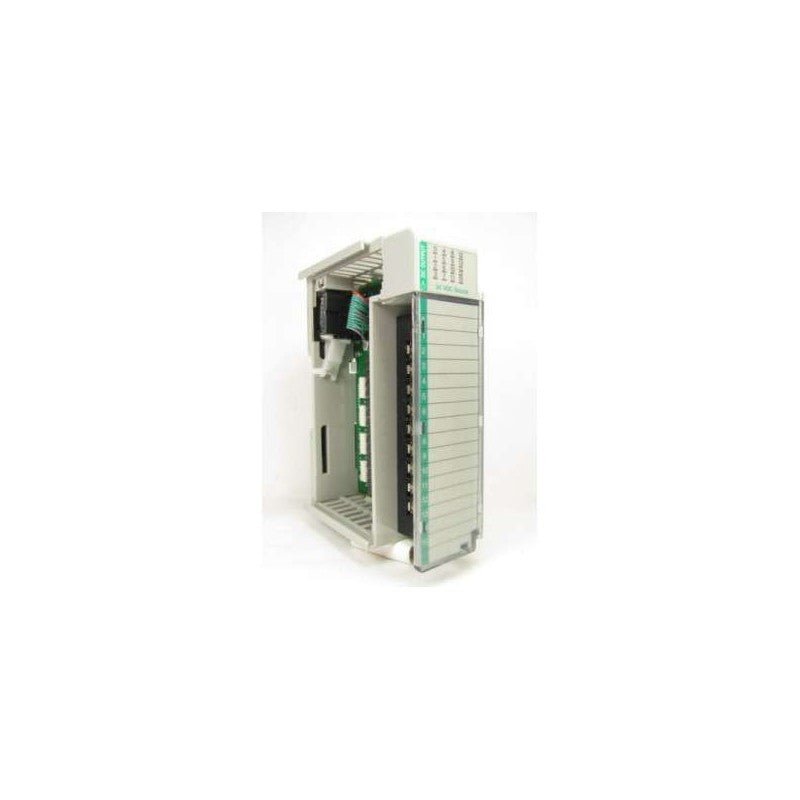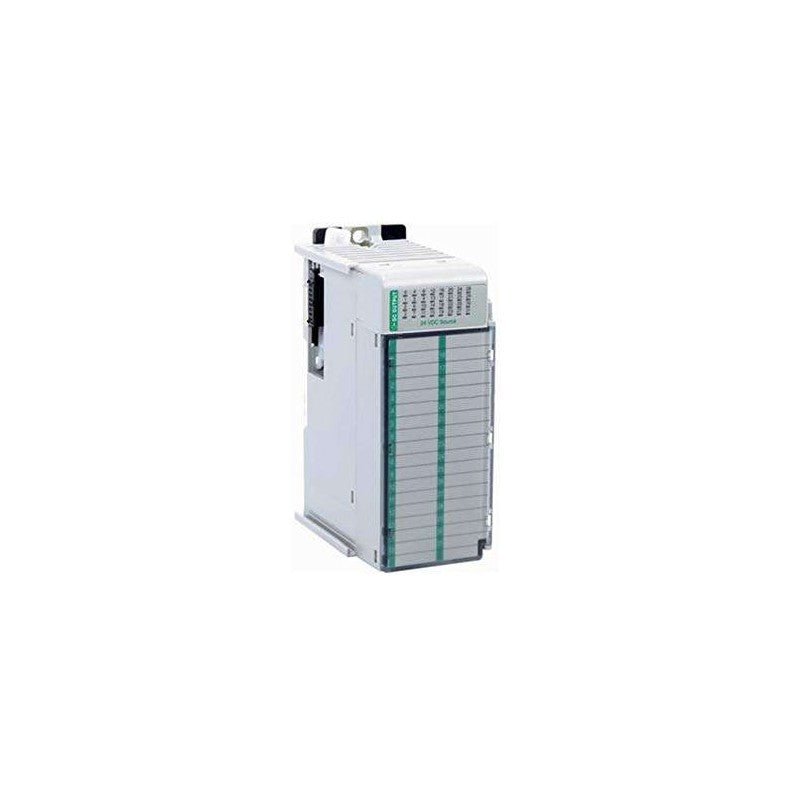1756-OB16D Allen Bradley IO Modules
Industrial automation is an increasingly important part of modern business. It enables businesses to efficiently and cost-effectively perform tasks that would otherwise require manual labor or require expensive machine operation. In order to achieve this, businesses need the right hardware and software to make it happen. One such piece of hardware is the 1756-OB16D Allen Bradley IO Modules. These modules are designed to improve the efficiency and accuracy of industrial automation by enabling remote monitoring, input/output tracing, and other related functions. In this article, we will explore what these modules are and how they benefit businesses in the industrial automation industry.
1756-OB16D Allen Bradley
1756-OB16D Allen Bradley is a digital input/output (I/O) module that can be used with PLCs and other devices that support the DeviceNet network communications protocol. This module offers 16 channels of digital I/O, with each channel having a configurable input or output function. The module also features an LED status indicator for each channel, allowing for easy monitoring of the I/O status.
1756-OB16D
1756-OB16D is an Allen Bradley IO module that allows for the connection of up to 16 digital input devices. It is ideal for applications that require a high degree of input/output flexibility, such as machine control, process control, and automatic data collection. The module features include:
-Isolated inputs for reliable operation in noisy environments
-High speed data acquisition with minimal jitter
-Programmable input filters for noise immunity and switch debouncing
-Electronic fusing on the positive power supply line for safety
-Compact design for easy installation in limited space
Specifications
1. Specifications:
The Allen Bradley OBD IO modules are a series of devices that can be used to interface with a variety of different input/output devices. There are a number of different models available, each with its own set of features and capabilities. Here is a breakdown of the most important specifications for these modules:
-Input/Output Channels: The number of input/output channels varies depending on the model, but ranges from 8 to 64.
-Isolation: All models offer isolated inputs and outputs, providing protection against electrical surges and spikes.
-Protocols Supported: The Allen Bradley OBD IO modules support a variety of protocols including EtherNet/IP, Modbus TCP, and Profibus.
-Maximum Input Voltage: The maximum input voltage varies by model, but ranges from 24V DC to 115V AC.
Installation
Before you can install an Allen Bradley IO module, you need to make sure that you have the correct module for your system. There are many different types of Allen Bradley IO modules, so it is important to choose the one that is compatible with your system. Once you have the correct module, you will need to follow these steps:
1. power down your system and remove all field devices
2. remove the old IO module from the rack
3. insert the new IO module into the rack
4. reconnect all field devices to the new IO module
5. power up your system
Configuration
Configuration of Allen Bradley IO modules can be done in a few different ways. The first way is through the use of an Allen Bradley configuration software. This software can be downloaded from the Allen Bradley website. The second way is through the use of an Allen Bradley PLC programming cable. This cable is used to connect the module to a computer and allows for the configuration of the module. The third way is through the use of an Allen Bradley IO scanner. This scanner is used to scan the input and output of the module and can be used to configure the module.
Maintenance
Industrial Control Systems (ICS) such as Supervisory Control and Data Acquisition (SCADA) systems, Distributed Control Systems (DCS), and Manufacturing Execution Systems (MES) are critical to the operation of many industrial and infrastructure facilities. ICSs often use Programmable Logic Controllers (PLCs) to control process equipment and systems. Allen-Bradley PLCs are widely used in ICSs.
PLCs typically have a number of input/output (I/O) modules that interface with sensors and actuators. These I/O modules convert signals from the sensor or actuator into a form that the PLC can use, and vice versa. The IO modules may be analog or digital, and may have special functions such as temperature measurement or speed control.
Many Allen-Bradley PLCs use proprietary I/O modules that are not compatible with other brands of PLCs. This can make it difficult to replace an Allen-Bradley PLC with another brand, or to upgrade an existing system to use newer technology.
There are a number of companies that offer “generic” I/O modules that are compatible with Allen-Bradley PLCs. These modules typically use off-the-shelf components and standard interfaces such as Ethernet, USB, or RS232/485. This makes them much easier to integrate into an existing system, and also makes it possible to use less expensive third-party hardware such
Troubleshooting
If you’re having trouble with your Allen Bradley IO modules, there are a few things you can do to troubleshoot the issue. First, check the status of the power supply and make sure it’s turned on and working properly. Next, check the connections between the module and the controller to ensure they’re secure. Finally, check for any loose or damaged wires. If you’re still having trouble, contact a qualified technician for assistance.













Reviews
There are no reviews yet.